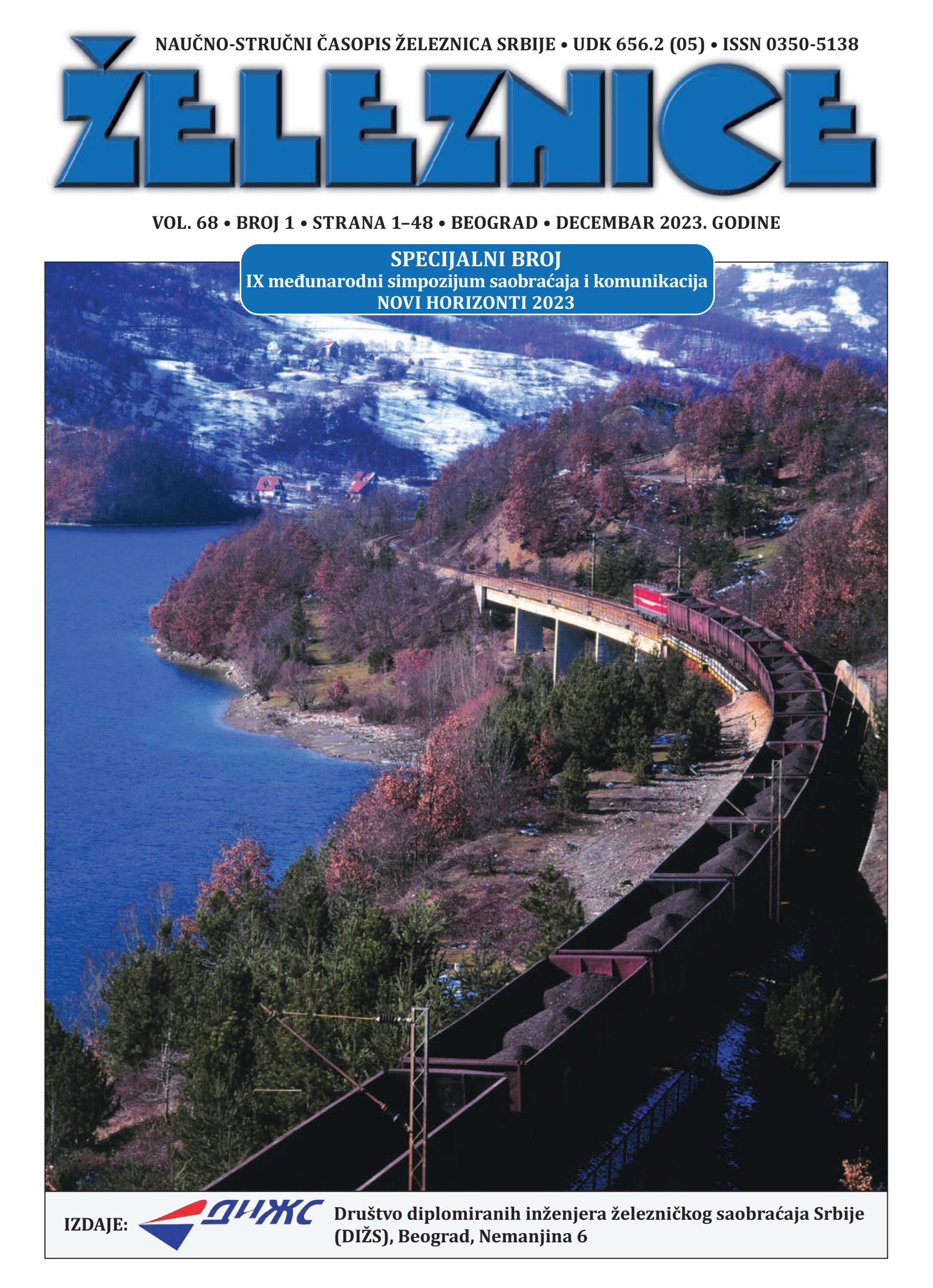IMPACT OF THE IMPLEMENTATION OF DIGITAL AUTOMATIC COUPLING ON WORKING CONDITIONS OF SHUNTING STAFF
Keywords:
shunting, Digital Automatic Coupling, work environment, freight trafficAbstract
The requirements for supply chains have changed significantly in the last decades, due to demands or challenges in competition. However, not only the requirements but also the technologies underwent a change. If we consider rail freight transport, digital systems for wagon data admission or route planning system are currently implemented. The freight wagons themselves, however, have remained in basic principles of the 19th century. For example, they do not have a power supply or a continuous data line to ensure the train integrity or supply sensors on the wagons with power. It is also necessary to couple and uncouple the screw couplings manually. Today coupling and uncoupling wagons is a physically demanding work and not without danger. Here, the use of a Digital Automatic Coupling (DAC) could have a positive impact of the operating procedure and reduce occupational risks. In the context of this work it is examined, how the implementation of the DAC influences the staff. For this purpose, conventional processes are analyzed and the effects of the DAC are examined. It is shown, how the various tasks and the responsibilities are shifted between different workers, like shunting staff and train drivers.


